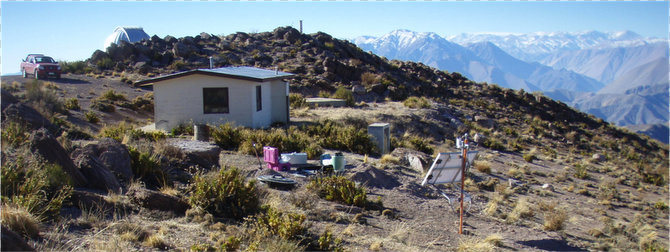A collaborative project between the University of Chile and EarthScope Consortium (formerly IRIS) has established a network of ten geophysical observatories with combined broadband seismic, strong motion, infrasound, and meteorologic sensors at approximately 300 km spacing along the length of Chile. Support for this project has come from an MRI award from the National Science Foundation to EarthScope Consortium (formerly IRIS) in order to help develop this network.
This deployment create a backbone of high quality stations to serve as a foundation for a new Chilean National Seismic Network, which will eventually include up to additional 65 stations installed by the University of Chile. Many of these stations are already installed, operating, and available in the DMC (C1 Network). The ten GRO-Chile stations (C Network) are now exclusively operated by the University of Chile, CSN and also deliver real-time data to EarthScope and the USGS NEIC. These efforts have tremendously increased data coverage across Chile, bolstering research as well as improving tsunami early warning detection system coverage.
A short field training film, developed by the CSN, highlights the design an operations of a GRO-Chile station.
On May 25-29, 2015 EarthScope Consortium (then IRIS), CSN, and the USGS organized a special workshop National Geophysical Networks in Latin America to discuss the accomplishments of GRO-Chile and create a dialog with other network operators across Latin America.
(Click image for higher resolution .png.)
GRO-Chile stations and neighboring seismic instruments (as of 4/7/14)

Station GO04 (Tololo Observatory, Chile) during its installation